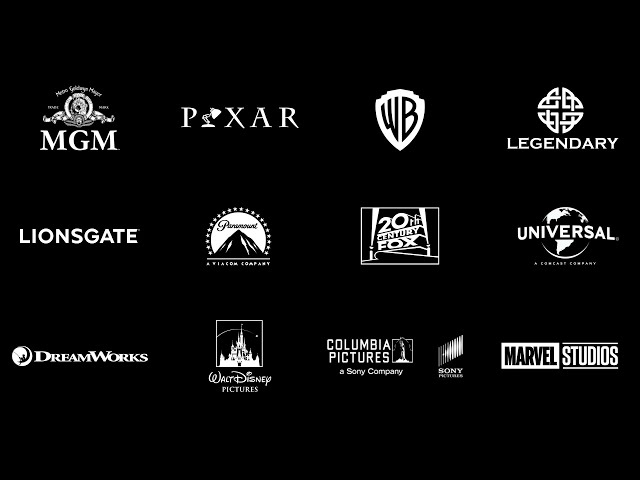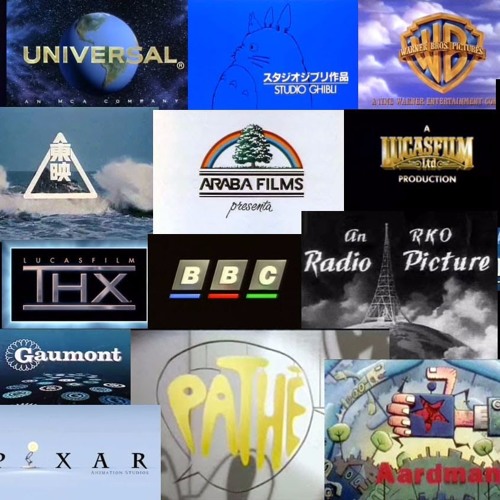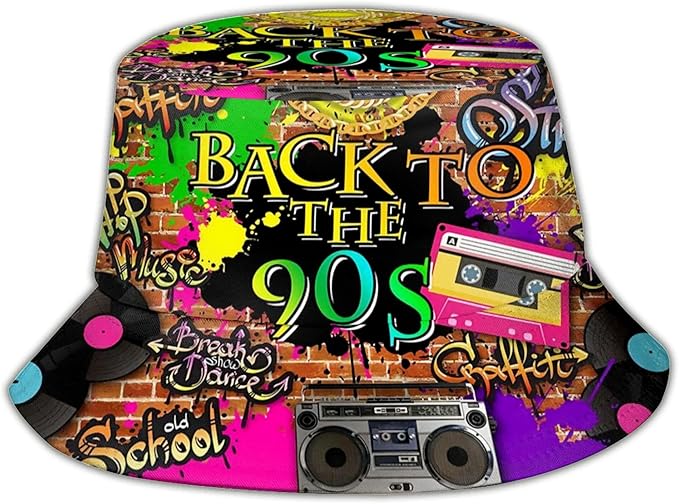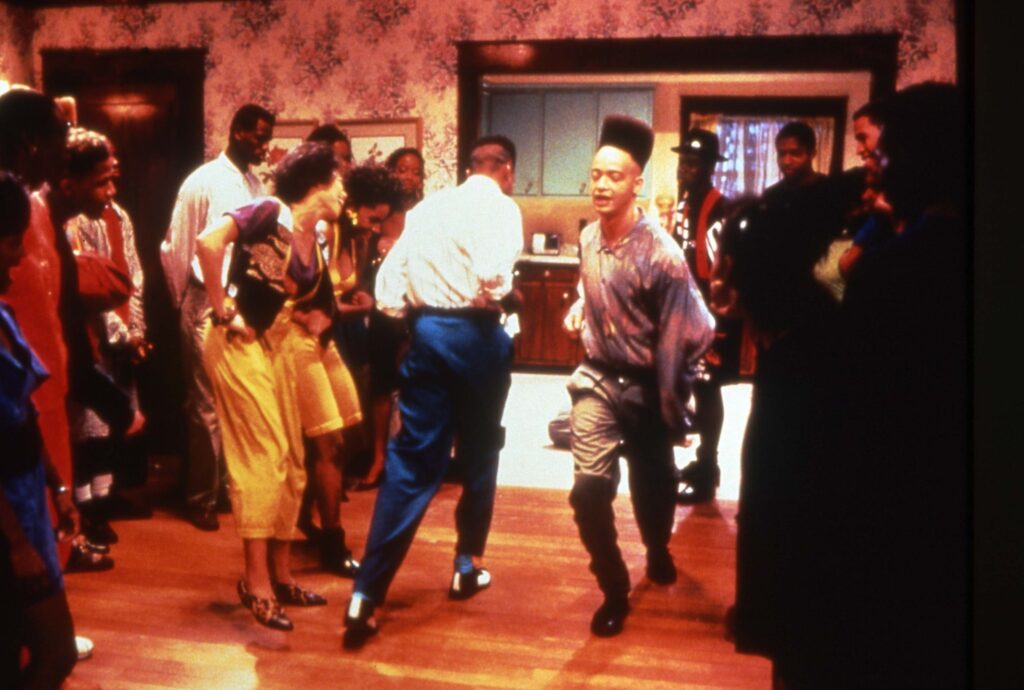
There’s something magical about watching a movie from the 1990s. Before the plot even kicks in, you’re already vibing with the opening. It’s not just nostalgia—it’s the way those intros were built. The tone, the music, the pacing… everything about a 90s movie intro had a certain flavor that today’s films often skip over. Let’s break down why those first few minutes just hit different.
1. Studio Logos Were Part of the Experience.
Back then, even the studio intros were iconic. Remember the golden trumpets of 20th Century Fox, or that massive Universal globe spinning with a cinematic boom? Disney’s glowing castle, New Line Cinema’s deep chime, or the flickering blue lightning from Columbia TriStar—they all brought serious vibes. These logos didn’t just say, “Here’s who made the movie”—they set the mood.
2. Opening Credits Had Style today, most movies dive right in. But in the 90s? Opening credits were an art form. Whether it was the moody typeface of a thriller or the bold, colorful fonts of a teen comedy, they told you what kind of ride you were in for. Think of Se7en’s creepy handwritten credits or Clueless’s fun, fast-cut montage. They weren’t just credits—they were part of the storytelling.
3. Theme Songs That Slapped.
Let’s be real: the music in 90s intros was on another level. From John Williams’ Jurassic Park score to the funky Men in Black theme, the music pulled you in instantly. Even comedies and rom-coms had unforgettable intros with perfectly picked tracks. The right theme didn’t just accompany the movie—it became its identity.

4. The VHS & DVD Build-Up Was a Whole Vibe.
If you grew up renting movies, you know this one: that pre-roll before the movie started. The FBI warning. The “Coming Soon to Video” trailers. Maybe even a random Pizza Hut or action figure commercial. It felt like a mini-event before the main event. You didn’t just watch a movie—you built up to it, popcorn in hand.
5. They Took Their Time—and It Worked.
90s movies weren’t in a rush. Intros often had a slow build. A scenic shot of a quiet neighborhood, a mysterious item glowing in the dark, or a slow zoom-in on the main character’s face. Those quiet moments let the anticipation grow. You got time to breathe, settle in, and feel the story before it took off.
6. That Classic Film Look.
And let’s not forget the look of it all. The slight film grain. The lighting. The real sets and props. Even when special effects were involved (looking at you, Terminator 2), there was a grounded, tactile feel to everything. It wasn’t digital overload—it was crafted, layered, and lived-in.
Final Thoughts.
Movie intros today might be flashier, but there was something about the 90s approach that felt richer and more intentional.
Whether it was the music, the mood, or just the slower pacing, those intros knew how to set the tone and pull you all the way in.
So the next time you’re streaming something new and skipping past the title screen, maybe take a moment to appreciate how different things used to be—and maybe fire up a 90s classic to see what we mean.


